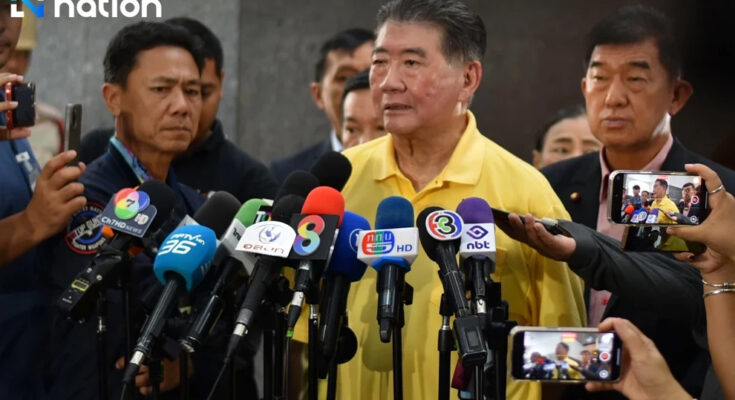In the current climate of Cambodia-Thai border tensions, one question keeps resurfacing: is the media playing the role of a bridge between nations, or is it becoming a barrier to peace? The answer depends on how journalists choose to report — and unfortunately, some choices being made today are deeply troubling.
Certain segments of the Thai media have set a dangerous trend. Instead of careful fact-checking and measured reporting, we see speculation, distortion and sensationalism taking centre stage. This isn’t journalism — it’s a manipulative mouthpiece serving as political tool at the expense of truth, regional harmony and even human lives.
Cambodian government sources reported 873 instances of fake news in the second quarter of 2025, with about 200 cases pertaining to the Cambodia-Thailand border dispute — more than 10 of which were AI-generated.
When facts are twisted, when images are framed with hostility and when commentary masquerades as news, the result is not just public confusion. It’s the erosion of trust — between peoples, between governments, between neighbours who share a long, complex history.
When it comes to the current situation of the border dispute between Cambodia and Thailand, Thai media knows better. The Thai people deserve the truth, not lies from their media. However, often influenced by political agendas, Thai media has been continuing to produce propaganda, distorting reality and aiming to deceive the international communities and reshape public opinion.
With narratives selectively biased, and with decision-making driven by emotions rather than facts, it’s too obvious: The Thai-biased media launched its biggest lie and disinformation campaign to date, to rally public sentiment and fuel nationalism and distrust against Cambodia. As it turned out, the “poisoned reporting” fell on their own people, Thai people.
Cambodian government sources reported 873 instances of fake news in the second quarter of 2025, with about 200 cases pertaining to the Cambodia-Thailand border dispute — more than 10 of which were AI-generated.
Good journalism has the power to cool tensions, to clarify, to inform, to explain. Professional reporting serves the truth for common good, not creating chaos. Media in the civilised world avoids action that stir conflicts or manipulate emotions. Their role is to clarify, not confuse; to bridge, not divide.
But that demands ethics: commitment to facts, rejection of speculation and the humility to admit when information is incomplete. Without these principles, the media stops serving the public good and starts serving the fires of division.
And let’s not forget the wider consequence: the credibility of journalism itself. If the public cannot trust their media to tell the truth in times of crisis, then journalism ceases to hold value. In an age already drowning in fake news and information warfare, this is a loss we cannot afford.
There is still time to choose the higher road and recovery. Thai media must recommit to their responsibility — not just to their national audience, but to regional peace. That means verifying before publishing, putting fact and truth before nationalism, and producing balanced stories that support peace building and reconciliation.
Sok Sant is a social-political analyst. The views and opinions expressed are his own.



